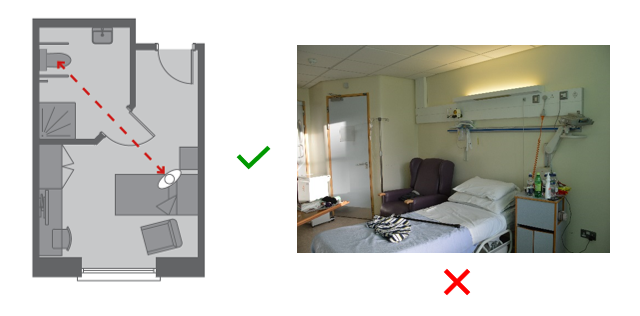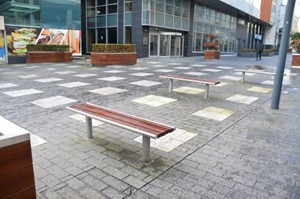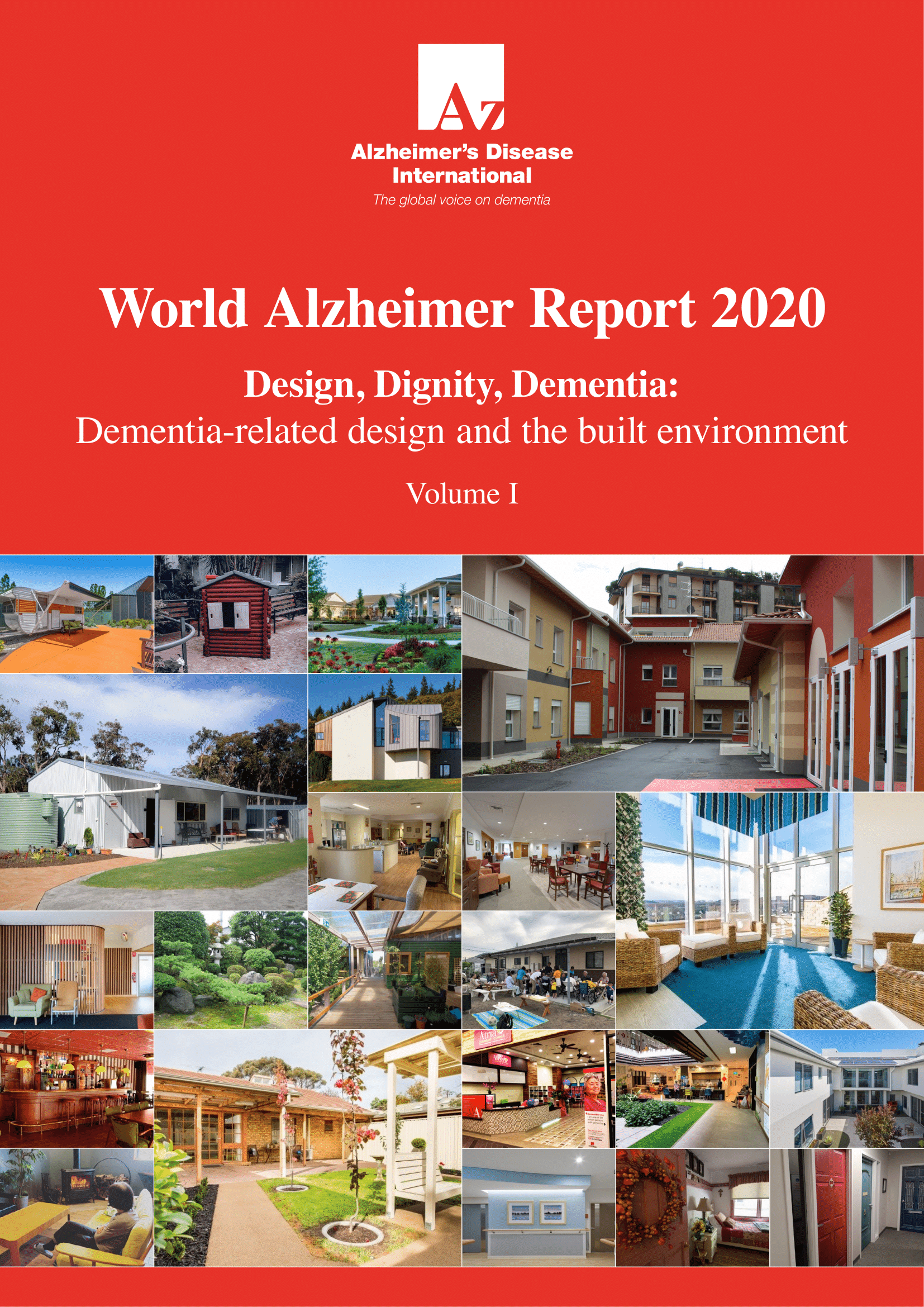Fiona Walsh is an Atlantic Fellow for Equity in Brain Health at the Global Brain Health Institute, as well as a Fellow of the Royal Institute of the Architect of Ireland. She is principal architect at DDS Architects, a chartered architects practice and social enterprise that specialises in designing inclusive environments and translating inclusive designs theory into best demonstrated practice. Her advocacy work includes promoting awareness and delivering design training to ensure people living with dementia have equitable access to our built environment.
In this piece, Fiona writes about designing around the different challenges a person with dementia may experience – and how these design decisions can have a significant impact on a person’s dignity and independence.
Designing to support dignity and independence
Dementia is a syndrome, an overarching term used to describe a wide range of symptoms associated with the deterioration/ disease of the brain. Symptoms differ from person to person and change as the underlying disease progresses. People with dementia can experience cognitive, sensory and physical impairments which can interfere with normal activities of daily living.
To design and build to support the needs of people living with dementia, we as a society must first understand the challenges people may face in built environments. Families, carers, clinicians, care providers, businesses, commissioners etc, can all benefit from understanding enabling and disabling design features.
Cognitive Ability
We know that dementia reduces cognitive ability. Memory, reasoning, judgement, planning, focus and decision-making can all be affected. This can lead to a person experiencing difficulties in finding their way around in unfamiliar settings and engaging with their environment and the people within it. As the disease progresses, even familiar settings can become challenging.
If a person begins to exhibit a change in mood or behaviour, it may be due to their environment no longer supporting their changing needs. Simple things in our environment that we might take for granted may be difficult for someone with dementia to interpret. For example, shadows, reflections, glare, poor lighting and lack of contrast can all make a once familiar environment disabling.
However, we can support cognitive function through good design. We can design intuitive, predictable, and familiar environments. We can also provide visual cues, prompts and signage to support memory, orientation and wayfinding. Being aware of the challenges that cognitive impairment poses for people means that we can design to support their needs and reduce the stress and anxiety they may experience.
Direct visual access aids orientation and wayfinding. It supports dignity and independence. Lack of signage and no direct view will result in loss of independence.

Simple things in our environment that we might take for granted may be difficult for someone with dementia to interpret
Sensory Ability
Dementia can also reduce sensory abilities to see, hear, taste, smell and touch, which impacts how someone may experience and interact with their environment. People living with dementia have to work harder to process sensory information and can find it difficult to understand and filter multiple sensory stimuli and may become confused and overwhelmed.
For example, imagine have a conversation with somebody in a busy noisy restaurant. You may find it difficult to focus on the conversation with all the visual and auditory distractions around you. We have an innate ability to block out the background clutter but for a person with dementia this ability may be impaired and this environment could result in stress, anxiety and ultimately withdrawal.
Our primary goal should be to deliver relevant information without creating auditory or visual clutter which will confuse, distract and ultimately lead to frustration and withdrawal.
We can use design interventions including light, colour, contrast, and signage to compensate for lost abilities and support people to better understand and read their environment. We should aim to edit out the irrelevant and emphasise what is important, thus reducing complexity and aiming to support a person’s understanding and abilities.

Pattern can add complexity and be misinterpreted, giving the illusion of changes in level or physical obstacles.
Mobility
People living with dementia may also experience reduced mobility and difficulties with balance and coordination. Day-to-day activities such as walking, standing, and sitting can become increasingly difficult as the underlying disease progresses.
In the last 30 years, society has come to better understand the barriers to inclusion for people living with physical impairments and now, most design considerations support their needs. Wider doors, ramps and accessible toilets are now everyday features we see in our built environment. It is important these facilities are built to meet current building guidance standards, otherwise the very people we are looking to support and enable are excluded
However, unlike the consideration of designing for people with physical impairments, designing for people with dementia is often an afterthought and people with dementia end up being unintentionally excluded. Cognitive and sensory impairments are often invisible with no physical manifestation. We can share an environment with somebody and be unaware they are experiencing difficulties. We need to promote awareness and dialogue to ensure the inclusive design knowledge translate into everyday design practice.
Accessibility is the foundation on which we can start to build inclusive environments. Every environment should be designed to support the needs of people living with cognitive, sensory and physical impairments.
Through design, we can support people living with dementia to stay actively engaged and valued members of their community for as long as possible. Designing inclusive environments is about knowledge and informed choice — not additional cost when designing new builds, refurbishments or planned maintenance. If we continue to design and build environments that do not support the needs of people living with dementia it is a missed opportunity to future proof our builds.
We now have the knowledge and expertise to design to support dignity, independence and autonomy. If our environment is truly inclusive, it benefits everyone.


